Introduction
Clinicians are challenged with having objective data to choose support surfaces that will offer the most ideal clinical performance for patient populations. Support surfaces are designed with different materials and constructed in various ways to provide therapeutic value. Using laboratory Support Surface Standards testing can assist with understanding the performance characteristic differences between surfaces providing more objective data for clinicians to match performance characteristics to patients’ needs.
Methods
Support surfaces with various cover materials and construction were selected to test using the 2019 American National Standard for Support Surfaces Standardized tests for Immersion.¹ A foam mattress with a nylon cover, a foam-filled air cell surface with a polycarbonate cover, and a 10” air surface with a polycarbonate cover were selected. The Immersion Standardized Test, Section 6, was performed on each surface.
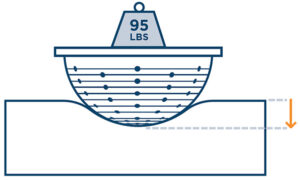
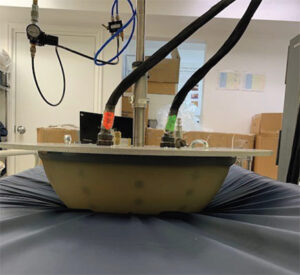
ANSI/RESNA SS-1:2019, Vol. 1, Sec. 6: Envelopment and Immersion – Hemispherical Indenter Test
Results
The immersion results were 26.4% for the foam/nylon cover, 30% for the foam-filled cells/polycarbonate cover, and 61% for the 10-inch air cells/ polycarbonate cover. The foam/nylon surface had the least amount of immersion, whereas the air/polycarbonate surface had the most immersion.
| Cover Fabric | Cell Material | Immersion (mm and %) |
|---|---|---|
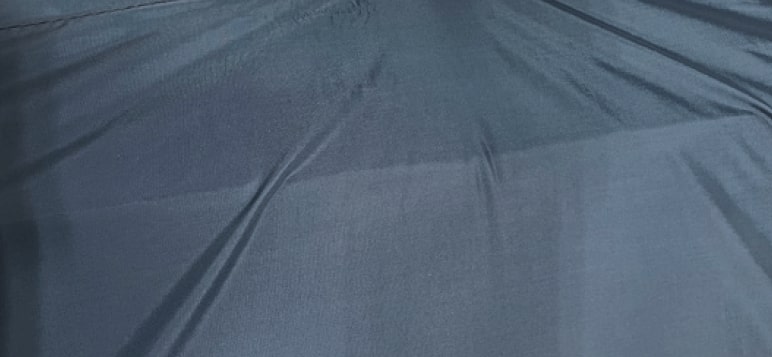 Nylon | 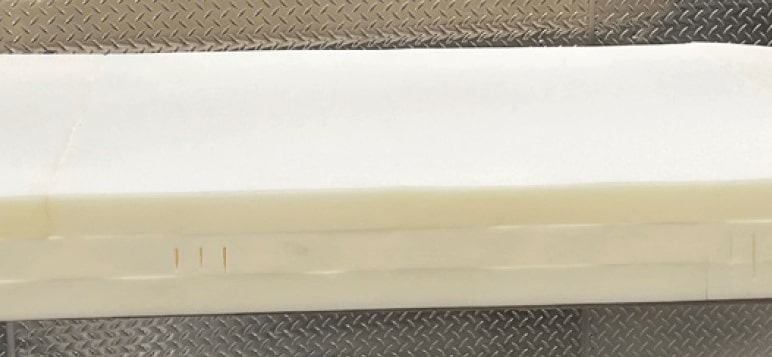 Foam | 48mm 26.4% |
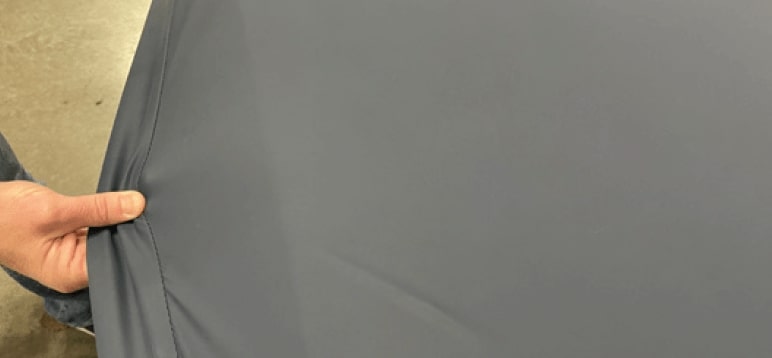 Polycarbonate | 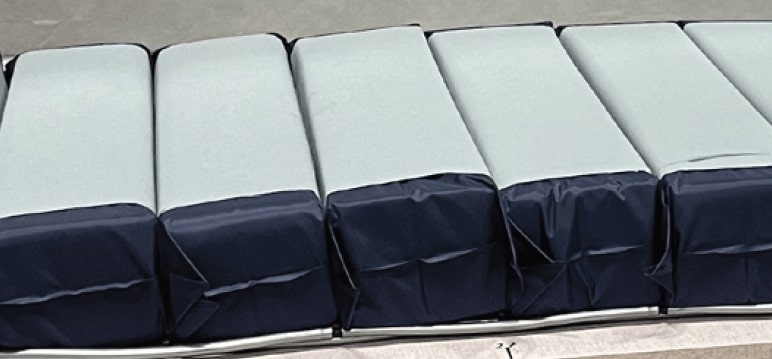 Foam-filled Air Cells | 54mm 30.0% |
 Polycarbonate | 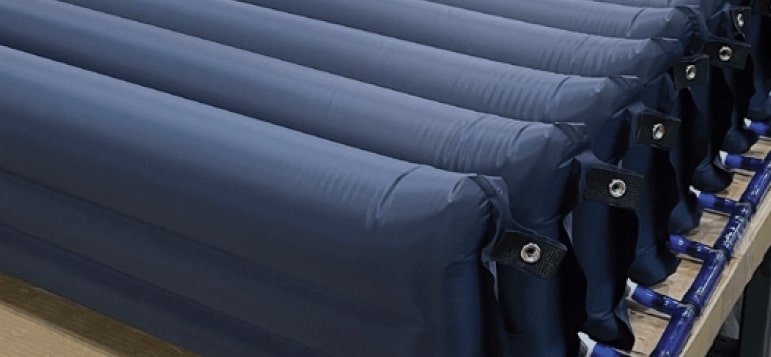 10″ Air Cells | 111mm 61.0% |
Discussion
The materials and construction of the support surfaces did influence the performance characteristic of immersion. Clinicians looking for surfaces with higher immersion, for example with immobile patient populations where more pressure redistribution is desired, may consider surfaces constructed with air cells and a polycarbonate cover over foam surfaces with a nylon cover. Patients who are working in rehabilitation may benefit from less immersion, therefore the foam surfaces may be a better choice. Every support surface, with a varying design and cover material, will have a different outcome, as evidenced by Call and Capunay. They reported that surfaces had varying results of immersion from 47.3% (a powered air surface) to 31.4% (a self-adjusting technology air surface).² Obtaining these standardized test results will give clinicians objective data in which to compare performance characteristics, such as immersion, of support surfaces.
Conclusion
Differences in support surface design and materials influence performance characteristics that can affect patient outcomes. Standardized testing allows for objective comparisons of support surface performance characteristics for clinicians to make evidenced-based choices for specific patient populations.

